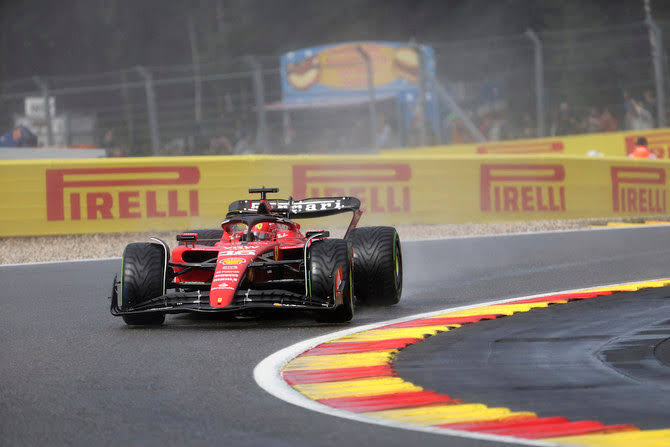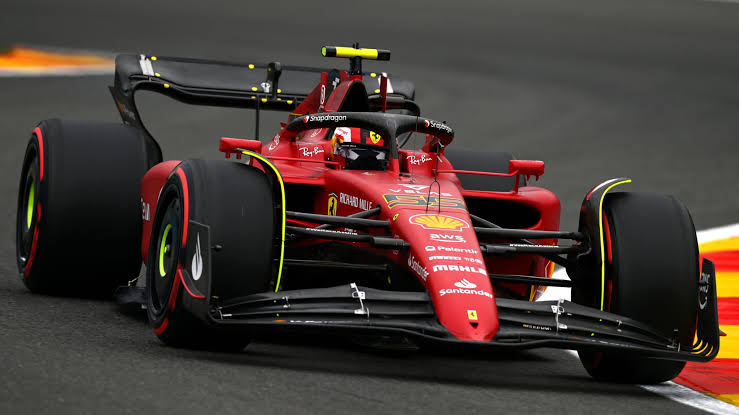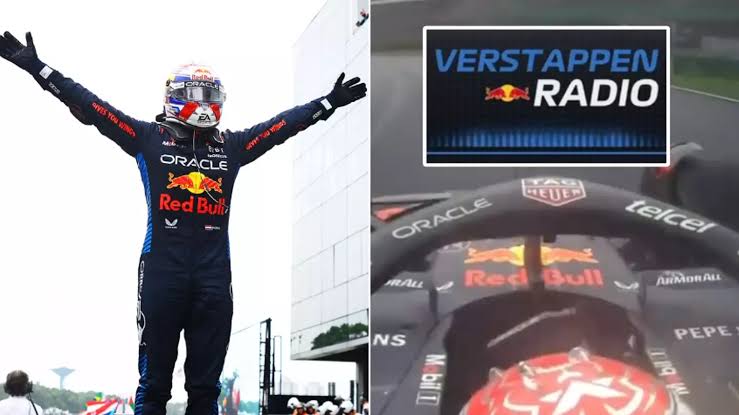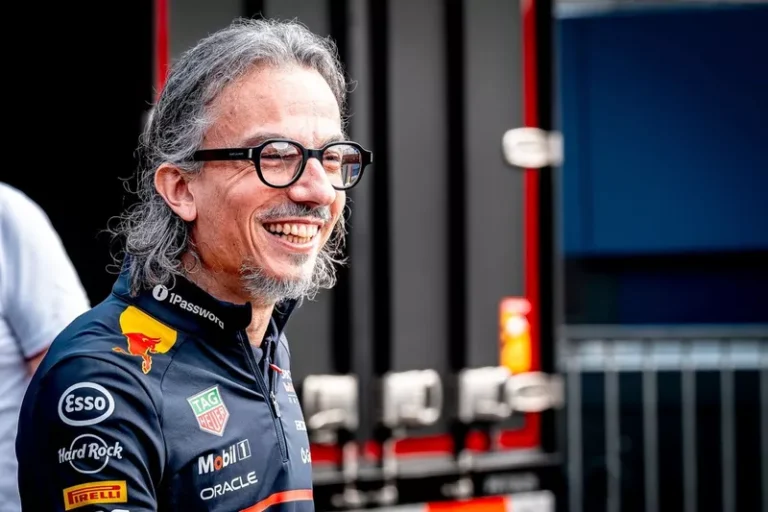
Lewis Hamilton’s Belgian Grand Prix weekend unraveled in dramatic fashion during Saturday’s sprint qualifying, culminating in a crushing early exit that left both the seven-time world champion and Mercedes in disarray. Just a few laps into the shortened race, Hamilton became embroiled in a multi-car collision that inflicted terminal damage on his W14, forcing a premature retirement. This calamity effectively sabotaged his weekend prospects, casting a pall over his championship ambitions and compounding Mercedes’ ongoing quest for competitiveness in Formula 1.
The incident was a perfect storm of misfortune and high-risk aggression. Starting a lowly 14th after an underwhelming Friday session, Hamilton launched into the sprint with unrelenting intent, attempting rapid gains in the condensed, high-stakes format. However, his charge collided head-on with the inherent perils of sprint racing. A clash with Oscar Piastri’s McLaren ignited a domino effect involving Kevin Magnussen’s Haas and others, leaving Hamilton’s machine battered with severe front wing and suspension damage. Despite the stewards absolving him of primary blame, the damage was irrevocable. His hopes for points and momentum evaporated before they could take root.
The ramifications of this setback extend beyond the immediate sprint classification. Hamilton now faces the daunting prospect of starting Sunday’s main race from the rear of the grid—or worse, the pit lane. At Spa-Francorchamps, a circuit notorious for its punishing elevation changes and narrow overtaking windows, such a handicap could render a top-tier result nearly impossible without a convergence of strategy and serendipity. For a driver chasing redemption in a volatile season, the challenge ahead is as towering as Eau Rouge itself.
This incident also serves as an unwelcome spotlight on Mercedes’ structural vulnerabilities. Despite iterative upgrades, the W14 continues to languish behind the aerodynamic supremacy of Red Bull and the resurgence of Ferrari and Aston Martin. Hamilton’s exit, while circumstantial, exposes the fragility of Mercedes’ campaign and underscores the brutal reality that progress in Formula 1 is neither linear nor forgiving. The team’s incremental gains are rendered moot when midfield skirmishes dictate survival rather than supremacy.
The sprint format, conceived to heighten spectacle and fan engagement, has once again revealed its double-edged nature. Its compressed intensity breeds chaos, rewarding audacity yet punishing even seasoned tacticians like Hamilton with merciless swiftness. For the Briton, Spa has transformed into an exercise in damage limitation—a battle to salvage dignity, extract meaningful data, and keep his title hopes on life support. One immutable truth emerges from the wreckage: in the crucible of sprint racing, glory and ruin remain separated by the thinnest of margins, and for Hamilton, that margin just eviscerated an entire weekend.




